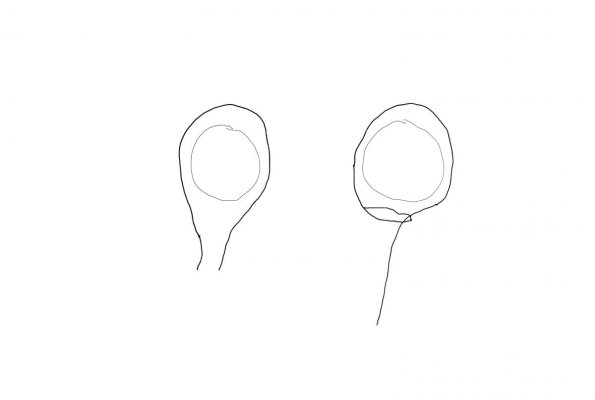Wdeertz
Senior Member
All things being equal when tying to a piling which method provides the strongest lateral breaking strength:
Method A - line around piling and back to boat cleat (variation double wrap around piling), or
Method B - line through eye and back to boat cleat.
Attached is a crude drawing showing both methods.
If I remember correctly from my high school physics class Method A spreads the load along the back radius of the circle while Method B has the force concentrated at the eye. Is my thinking correct?
Method A - line around piling and back to boat cleat (variation double wrap around piling), or
Method B - line through eye and back to boat cleat.
Attached is a crude drawing showing both methods.
If I remember correctly from my high school physics class Method A spreads the load along the back radius of the circle while Method B has the force concentrated at the eye. Is my thinking correct?


